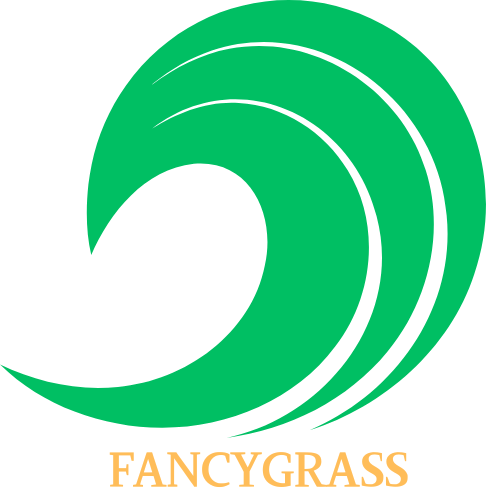Introduction
Artificial grass has become increasingly popular for its low-maintenance, durable, and aesthetically pleasing qualities. But with so many options available, choosing the right artificial grass for your space can feel overwhelming. This comprehensive guide will demystify the world of artificial grass, equipping you with the knowledge to make an informed decision.
Understanding the Basics: Key Terminology
Before diving into specific products, it’s crucial to understand the terminology used to describe artificial grass. Here’s a breakdown of key terms:
1. Yarn: The foundation of artificial grass, yarn determines the overall look and feel. The three main types are:
* Polyethylene: Versatile and balanced, offering durability, aesthetics, and softness.
* Polypropylene: Primarily used for putting greens and as a thatch layer.
* Nylon: The most durable and expensive, but not as soft, often used for putting greens.
2. Density: Measured as stitch count, density indicates the number of blades per square inch. Higher density translates to a more durable and realistic-looking turf.
3. Pile Height: Refers to the length of the blades. For high-traffic areas like sports fields, choose a shorter pile height (⅜ to ⅝ inches). For a luxurious, natural look, opt for a longer pile height (1 ¼ to 2 ½ inches).
4. Face Weight: Indicates the weight of the artificial grass per square yard. Heavier face weight signifies a higher quality and durability.
5. Thatch: Additional fiber with varying color, weight, and texture, mimicking the natural grass’s underlayer. It adds realism and depth to the artificial grass.
6. Infill: A crucial component for maintaining the turf’s appearance and longevity. It keeps fibers upright, stabilizes the turf, and enhances its realism. Infill can be made from silica sand, crumb rubber, or other materials.
7. Backing: The foundation of the artificial grass, consisting of two parts:
* Primary Backing: Woven polypropylene fabric that allows the grass blades to be tufted and seamed.
* Secondary Backing: A coating applied to the reverse side of the primary backing to permanently lock the blades in place.
Comparing Features: Finding the Right Artificial Grass
Now that you understand the basics, let’s delve into comparing different artificial grass products:
- Thatch Color: Choose a color that closely matches the natural grass in your area.
- Blade Shape: Consider the desired aesthetic and functionality.
- Density: Higher density translates to a more durable and realistic-looking turf.
- Blade Height: Choose based on the intended use and desired look.
- Drainage: Essential for preventing waterlogging and ensuring longevity.
- Antimicrobial Properties: Beneficial for hygiene and odor control.
Budget & Finances: Making the Investment
Artificial grass can be a significant investment, but the long-term savings on water and maintenance can make it worthwhile. Consider these financial benefits:
- Reduced Water Usage: Artificial grass requires significantly less water than natural grass.
- Lower Maintenance Costs: No mowing, weeding, or fertilizing required.
- Increased Home Value: A well-maintained artificial grass lawn can boost your home’s value.
- Enhanced Curb Appeal: A lush, green artificial grass lawn adds visual appeal.
Many artificial grass companies offer financing options to make the investment more manageable.
Conclusion
Choosing the right artificial grass requires careful consideration of your specific needs and budget. By understanding the terminology, comparing features, and researching different products, you can find the perfect artificial grass for your space. Remember, the ideal turf will be tailored to your location, intended use, and desired aesthetic.
QUA
- Q: How long does artificial grass last?
- A: With proper care, artificial grass can last for 10-20 years or more.
- Q: Is artificial grass eco-friendly?
- A: Artificial grass can be more environmentally friendly than natural grass, as it requires less water and maintenance.
- Q: Can I install artificial grass myself?
- A: While some DIY installation is possible, it’s recommended to hire a professional for optimal results.
- Q: What are the best brands of artificial grass?
- A: Many reputable brands offer high-quality artificial grass. Research and compare different brands based on your specific needs.
We are a professional artificial grass manufacturer in China.We offer free artificial turf samples. If you have any questions about artificial turf, you can contact us at any time and our team will provide you with a site plan and quotation plan.

